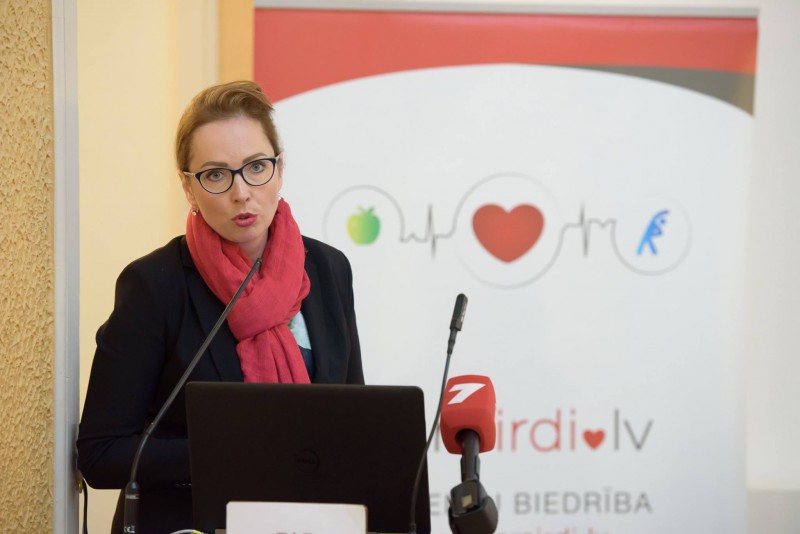
Aug 23, 2019
This week, Inese Maurina from Latvian organisation Parsirdi.lv, offered SAFE team an insight into the needs of the Stroke Survivors and #LifeAfterStroke issues in her country.
SAFE: What is one issue related to the life after stroke in your country that you think needs special attention?
IM: I would like to stress two things:
1) Rehabilitation – there are long waiting lists to get the rehabilitation services after stroke. Patients and their relatives are also confused because of lack of sufficient information on where to go, what to do next, where to look for help, where to get rehabilitation services, etc.
Due to these reasons lot of patients receive rehabilitation too late or not as much as needed.
2) Availability of medicines and patient adherence
Increasingly effective medications are available for the prevention and treatment of stroke risk factors, but often patients cannot afford to pay for them, so they stop taking them or even do not start to use medicines. This leads to very serious consequences – illness, disability or death. Similarly, many patients do not qualify for medication reimbursement due to very strict requirements.
According to data of Stroke Units, there are many patients who return to the hospital and one of the reasons is discontinuation of medication. This is due to both – the financial capacity of the patients and also the lack of understanding of the need for medication and poor cooperation with their physicians and specialists.
SAFE: What would be the solution, i.e. what is your organisation’s position regarding this issue?
IM: Not only stroke has serious health consequences, but it also has a very heavy social and financial burden on patients, their families and society as a whole. According to estimates of the Latvian Health Economics Association, patients and their relatives bear almost one third of the total cost of stroke treatment in Latvia, which is over 70 million euros per year. According to health economists, such a “co-payment” for stroke patients is too high given the high rates of disease mortality and disability. The burden of the disease on the social security budget could be substantially reduced by ensuring timely stroke prevention, treatment and quality rehabilitation.
It would be important to increase the healthcare budget spent on the post-stroke rehabilitation services in order to make this service available to all patients and without long waiting lists. There is also a need for specialists and innovative technologies to improve the rehabilitation services in Latvia. It would be also important to develop clear patient pathways information materials to be disseminated to both stroke units and GPs.
The health budget for stroke prevention needs to be increased, as it will reduce the number of sudden strokes and thus require lower treatment, rehabilitation and disability costs. There is a need to increase also budget for innovative and effective medical medicines and to improve the collaboration of patients and doctors in order to increase the patient adherence.
SAFE: Please tell us more about your organisation.
IM: ParSirdi.lv is non-governmental organization founded in 2011, bringing together various heart and cardiovascular disease patients and their relatives. Our mission: to reduce the impact of heart and cardiovascular diseases by promotion of healthy living, educating society regarding the risks of diseases, ensuring the access to health care information and advocacy of patients.
Our aims are:
Protecting the rights of cardiovascular patients to access quality medical care (medicines, devices and services);
Identify and reduce factors that prevent patients with cardiovascular disease from receiving quality healthcare;
Improve the quality of life of people with cardiovascular diseases through active involvement in the development of national cardiovascular policy, in cooperation with state and municipal institutions;
Facilitate the exchange of information between patients, medical professionals and the public with the aim of helping patients with cardiovascular disease to successfully organize their daily lives, integrate into public life, and achieve professional success;
Carry out educational work to raise awareness among cardiovascular patients and the general public about cardiovascular disease, its prevalence, risk factors and treatment;
Promote a healthy lifestyle;
Develop projects to improve the quality of life of patients with cardiovascular disease.
Since 2013 patient organization ParSirdi.lv is an associated member of the international organization SAFE (Stroke Alliance for Europe).
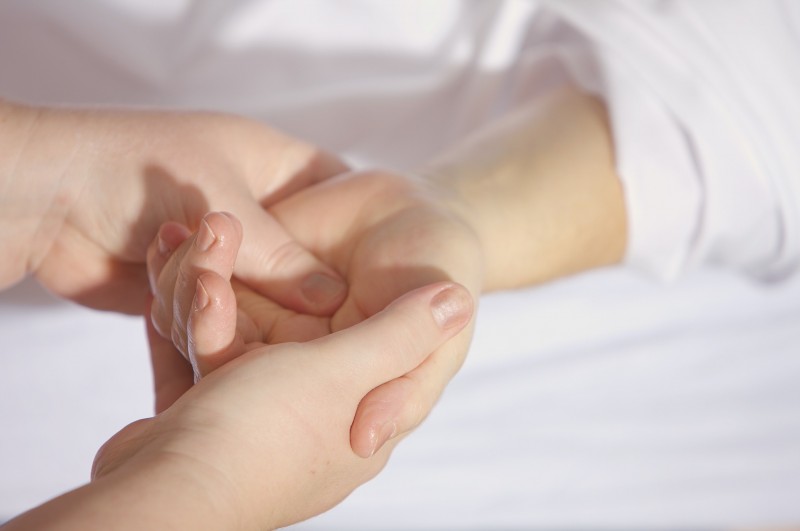
Aug 23, 2019
Do you or someone you know have experience with spasticity and Botulinum Toxin Type A injections?
SAFE invites you to participate in an international survey, conducted by Carenity, an online patient community, and biopharma Ipsen to help advance medical research and improve the lives of other patients.
Both patients and caregivers of patients with spasticity due to stroke (as well as traumatic brain injury or spinal cord injury) who are currently receiving Botulinum Toxin Type A injections or who have stopped receiving these injections less than a year ago can participate.
Botulinum toxin effect usually peaks around 4 to 6 weeks after injection, then it slowly decreases. This decrease is called the waning of botulinum toxin effect. The aim of this survey is to better understand patients’ experience with botulinum toxin type A injections, in particular:
– to better understand how patients experience the waning of botulinum toxin type A effects
– to identify the impact of the waning of botulinum toxin type A effects on the patient’s quality of life
– to describe patient populations profile
– to assess the reasons for stopping botulinum toxin type A injections
This survey will be the subject of communications during scientific congresses or scientific publications that will be redacted in collaboration with an international team of medical experts.
A synthesis of the results will be made available after the publications.
This international survey is conducted in Europe (France, Germany, Italy and the UK) and in the US until September 13th.
It is available in 4 languages:
English: https://member.carenity.co.uk/newSurveyBymail/0/38/0/0
French: https://membre.carenity.com/newSurveyBymail/0/107/0/0
German: https://member.carenity.de/newSurveyBymail/0/26/0/0
Italian: https://member.carenity.it/newSurveyBymail/0/25/0/0
Thank you very much for your participation!
Participation in this survey is unpaid.
To find out more about how your data will be processed and how to exercise your rights, read the survey information page, accessible when you click on the link provided above in this text.
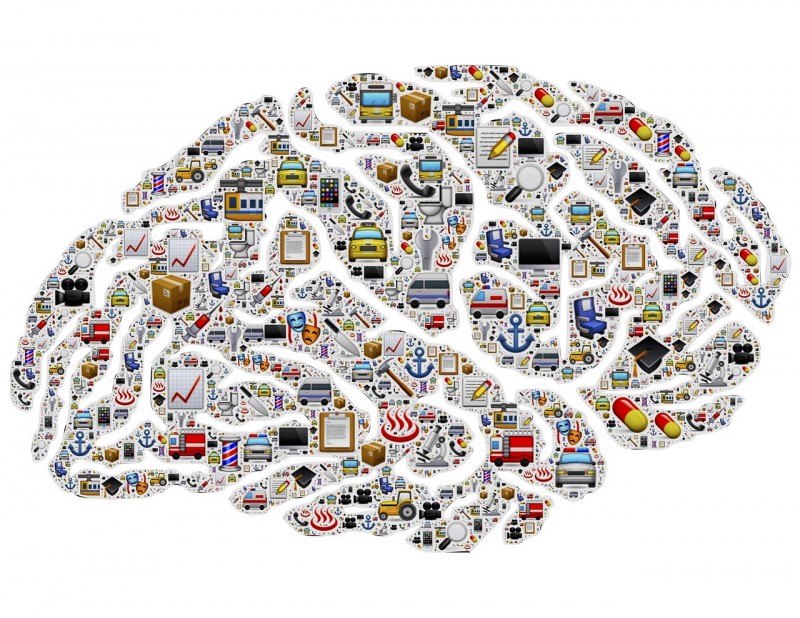
Aug 21, 2019
First published on ARNI Institute for Stroke Rehabilitation website
A change in cognitive ability is common after a stroke. Did you know that as many as two-thirds of stroke survivors may experience cognitive impairment as a result of their stroke.? If this is you, or you know someone who seems possibly to be going through such difficulties, here’s 18 steps you can take to try and improve cognition difficulties after stroke:
First, what is cognition?
Put simply, cognition is thinking; it is the processing, organising and storing of information – an umbrella term for all of the mental processes used by your brain to carry you through the day, including perception, knowledge, problem-solving, judgement, language, and memory. The brain’s fantastic complexity means that it can collect vast amounts of information from your senses (sights, sounds, touch, etc) and combine it with stored information from your memory to create thoughts, guide physical actions, complete tasks and understand the world around you.
A stroke can affect the way your brain understands, organises and stores information. This brain injury can result in damage to the areas of the brain that are responsible for perception, memory, association, planning, concentration, etc. The severity and localisation of the stroke will effect the type and level of difficulties experienced by an individual, and will vary from person to person.
It can be difficult to plan and organise daily tasks. The brain is constantly working in the background, allowing us to complete a task based on prior knowledge, experience, and learned behaviour.
You don’t have to consciously think how to boil the kettle, change TV channels or put on your socks before your shoes: you just do it. But damage to the brain can result in problems with these planning and execution mechanisms.
You might not be able to think how to do a simple task, or you may get the sequence wrong (for example, shoes before socks). You might have trouble with orientation, which could include not knowing the date, day of the week, or even who you are with. Problem-solving too can become difficult. Making decisions, solving problems, understanding numbers and managing money can be a challenge.
Good cognitive function also relies on memory. The brain uses 2 types of memory to hold information, the long and short term memory. Short-term memory is the temporary store for small amounts of information. This information is kept readily available and can be recalled quickly. For example, a phone number can be remembered long enough for you to dial it. Long-term memory is where you keep your experiences, thoughts and feelings from the past and things stored here can be stored indefinitely. Memory problems could result in difficulty storing or recalling information. This could include problems remembering appointments, important dates or in the case of short term memory, what you were about to do, or what somebody just said to you.
Problems with concentration are common. Concentration is required for effective cognitive function, as many of your thinking process require concentration. Concentration requires our brain to filter out much of the information coming in from your conscious thinking, so you are not distracted by it.
Stroke can impact on this ability because of damage to the areas of the brain responsible for this, and also because tiredness, pain and emotional problems have an effect of the ability to stay focused and concentrate. This could result in difficulties when trying to follow a television programme, or conduct a conversation with a friend. Multi-tasking too is difficult.
18 Things to try
- Cognitive problems are confusing and frustrating. But, there are some things you can to do help. Most improvements occur in the first 3 months after a stroke, after which they slow down, but the brain will keep creating new neural pathways after this time.
- To help with memory and perception problems, try using a diary, day planner, calendar or notepad. Writing down appointments and creating to-do-lists can help you to remember them.
- Photos and pictures can help to ‘trigger’ your memory.
- Check your calendar, newspaper or diary to help you remember the day and date.
- Make notes of important conversations.
- Use notes, lists and labels around the house and help prompt you to remember. Mobile phones are a great resource. Set alarms, reminders and memos to remind you throughout the day.
- It is important not to overload yourself, finish one task before you start another. Plan your day and prioritise tasks.
- Try slowing the activity down, working through a step at a time.
- Keep instructions clear and short, no more than 5 or 6 words to a sentence, and only 1 or 2 instructions at a time.
- …
Please read the full list here.
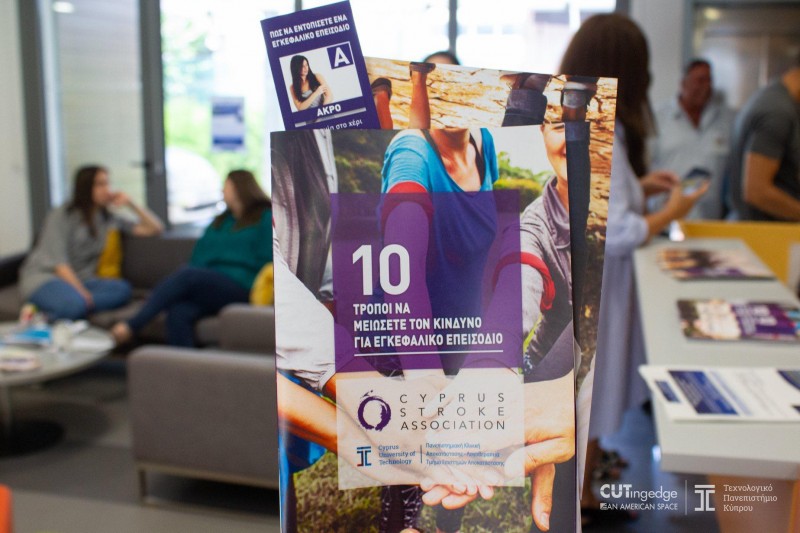
Aug 16, 2019

Eva Pettemeridou, PhD, Clinical Psychology
Eva Pettemeridou from the Cyprus Stroke Association spoke this week with SAFE team about Stroke Survivors’ needs and #LifeAfterStroke in her country. She pointed out the lack of information and services after stroke as one of the most important issues.
SAFE: What is one issue related to the life after stroke in your country that you think needs special attention?
EP: One of the issues pertaining to life after stroke in our country is the lack of information and services following the initial stroke treatment and prognosis. Initially, patients and their families seem to be underinformed, if at all, on the effects of stroke for each individual case, and as an effect the importance of receiving in or out –patient rehabilitation. As a result, the individual returns home without receiving individually tailored treatment that will help in improving post-stroke deficits. Therefore, these individuals and their families return home with little awareness of what is to be expected from the patient cognitively, physically, and psycho-socially, and potential changes necessary for the individual to function independently.
SAFE: What would be the solution, i.e. what is your organisation’s position regarding this issue?
EP: The Ministry of Health can hire staff that can provide information on the importance of receiving rehabilitation based on the needs of each individual, and potential services provided in Cyprus. However, for this to be feasible the Cyprus Stroke Association (CSA) should focus its efforts in influencing all relevant authorities and stakeholders. This may be addressed via directly contacting politicians, writing newspaper articles, and using of social media to bring greater awareness. In addition, by establishing collaborations with different national and international organizations (incl. universities) and companies (e.g. rehabilitation centers, pharmaceutical companies), CSA may be able to further influence relevant authorities in providing maximum support to stroke survivors.
SAFE: Please tell us more about your organisation.
EP: The Cyprus Stroke Association (CSA) was founded on February 10, 2009 (Registration number 3419) and is a Non-Governmental Organisation acting within the Cypriot and European legislation. The vision of the CSA is to work towards the prevention of cardiovascular incidents in Cyprus and to offer maximum help and support to individuals who have suffered a stroke, their families and kin environment. The mission of the CSA is to prevent strokes, and reduce symptoms through information and education. The aim of the CSA is to identify high-risk individuals and inform them appropriately, access people with stroke and help them receive appropriate treatment and care and improve the quality of life of people with stroke and their families. We also aim to formulate existing legislations for people with stroke, provide information about their rights and the sponsorship offered by the state apparatus.
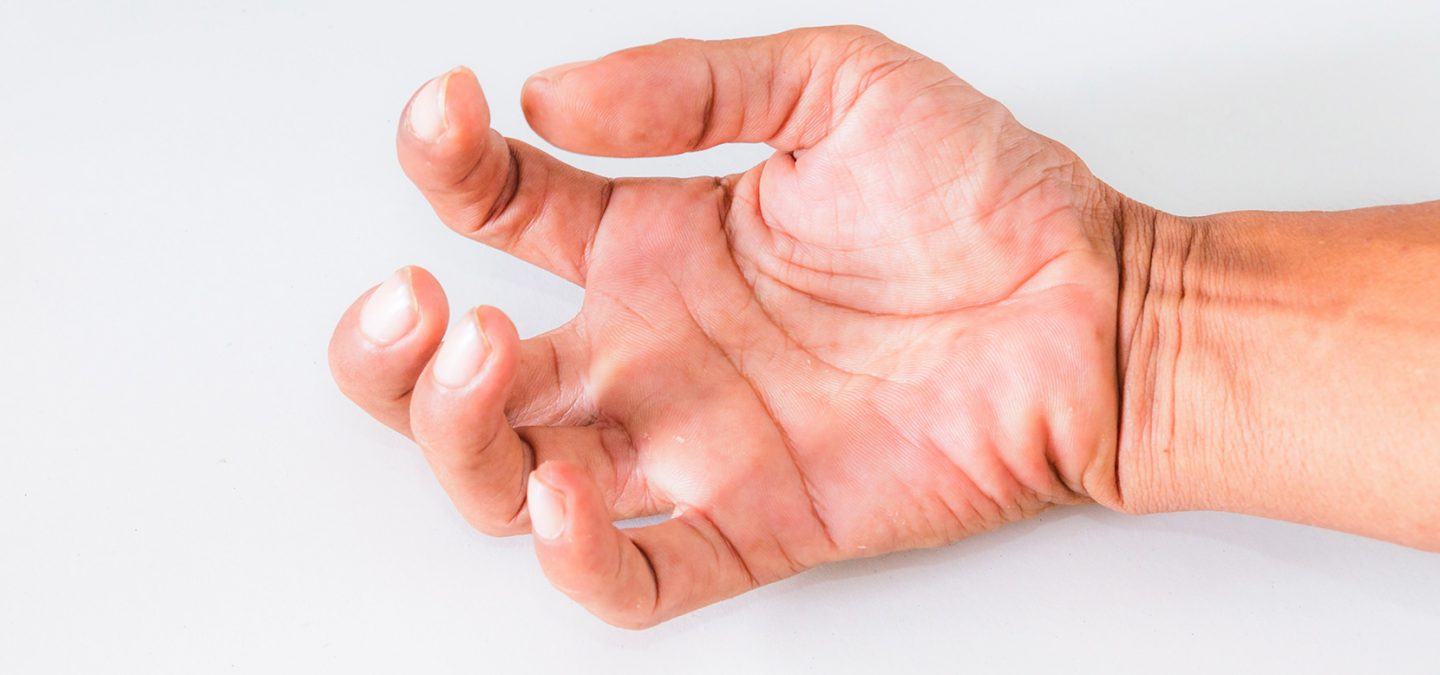
Aug 12, 2019
This article first appeared on arni.uk.com
Written by Tom Balchin
Upper limb spasticity is suffered by a full 70% of the stroke population, By three months post stroke 19% of people will experience spasticity and this figure increases to 38% of people after 12 months.
Did you know that it’s one of the biggest things that survivors tell consultants, GPs, family, carers and friends that they wish they could positively alter?
Spasticity can develops months or even a year after stroke — and often may become more noticeable as recovery moves on and can have a very significant bearing on your quality of life. Let’s look at what spasticity is:
Muscle stiffness;
Upper extremity hypertonia (excessive muscle activity);
Loss of fine motor control (for example small hand movements);
Paresis;
Soft tissue contracture;
Muscle overactivity leading to the reduced ability to relax;
Muscle spasms;
Changes in limb posture; and
Muscle fatigue.
Let’s see if you can grab some tips here to help you beat its limitations.
Spasticity is caused by miscommunication between your brain and your muscles. It has neural and non-neural components to it. Let’s delve deeper: knowledge is power,
Normally your muscles are in constant communication with your brain about how much tension they’re feeling, and the brain has to constantly monitor this tension to prevent tearing. Your brain continuously sends out messages telling your muscles when to contract and relax.
You can read the full article here.










